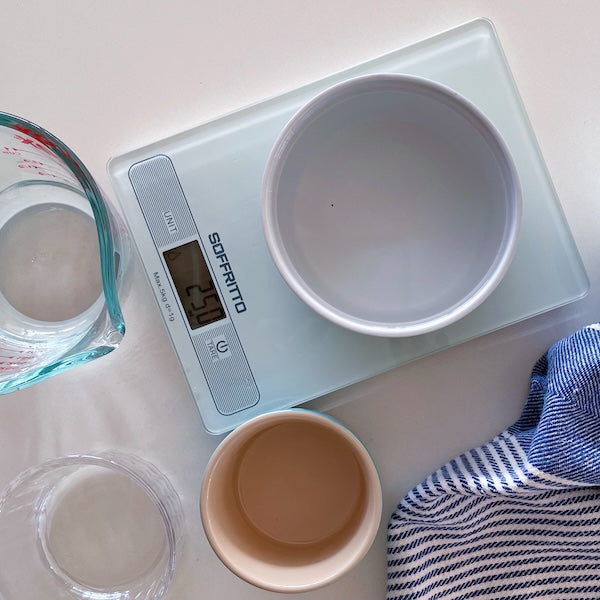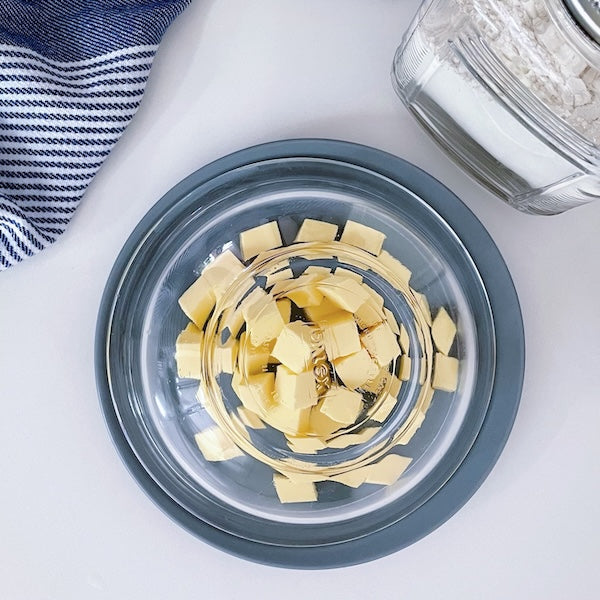BakeTips

Proving Bread Dough
07 Aug 2019 - Anneka Manning
Yeast doughs need to be left in a warm, draught-free place to prove after kneading, and usually again after shaping. Proving is important as it ‘exercises’ the strands of gluten, making them stronger and helping to develop the structure of the bread. It also develops flavour. Yeast is at its happiest between 24–28°C/75-82.5°F. This means, depending on the weather and the temperature of your kitchen, you may need to create a warm micro-environment to prove your dough, particularly on very cold days. There are a number of ways you can do this:
- Pour some hot tap water into a saucepan and place the dough in a covered heatproof bowl over it, making sure the water doesn’t touch the bowl and replacing the hot water as it cools.
- Place the dough in a covered bowl in the microwave oven with the door closed (or in a sealed Styrofoam box) with a small jug of boiling water. Replace the water when it cools.
- Turn just your pilot light on in your oven to heat your oven very gently. Place the dough in a covered heatproof bowl on the middle rack, close the door and leave to prove.
- Place the dough in a covered heatproof bowl on a wooden board on top of a preheated oven.
- Place the dough in a covered heatproof bowl in a sunny windowsill or a spot outside in dappled sunlight (as long there is no draught).








